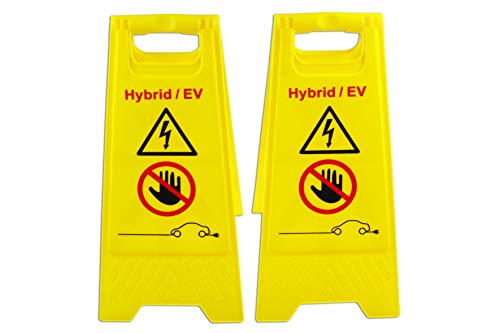All good points, though I still believe only a small portion of the EV community is really interested - Early adopters better be able to use the car 'as is' because the wait for this technology could be several years in most places, and it may never catch on in smaller towns
I suspect what's really holding things up is that the world hasn't yet settled on a standard - Once that happens, probably more people will be interested in investing in charging stations. If you had several thousand to invest in installing one of these in your town right now, what would you do? There may never be enough CHAdeMO customers for you to break even, let alone make a profit - You need to have confidence in the long term future of what you're buying, and that means nearly every EV on the road needs to be able to connect to one plug using a common charge controller
The all in one concept, which is backward compatible sure makes sense. Hopefully it will catch on soon
Don
I suspect what's really holding things up is that the world hasn't yet settled on a standard - Once that happens, probably more people will be interested in investing in charging stations. If you had several thousand to invest in installing one of these in your town right now, what would you do? There may never be enough CHAdeMO customers for you to break even, let alone make a profit - You need to have confidence in the long term future of what you're buying, and that means nearly every EV on the road needs to be able to connect to one plug using a common charge controller
The all in one concept, which is backward compatible sure makes sense. Hopefully it will catch on soon
Don

































